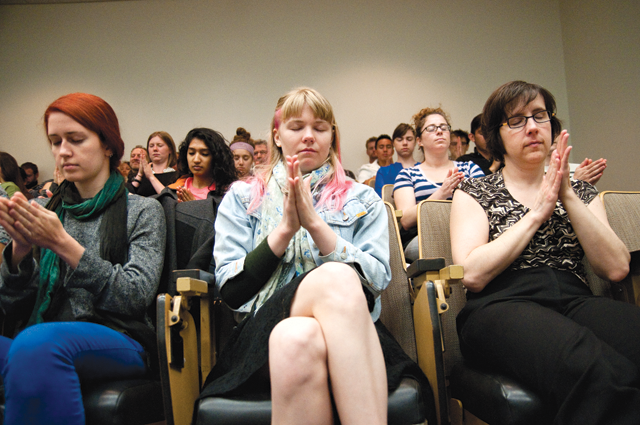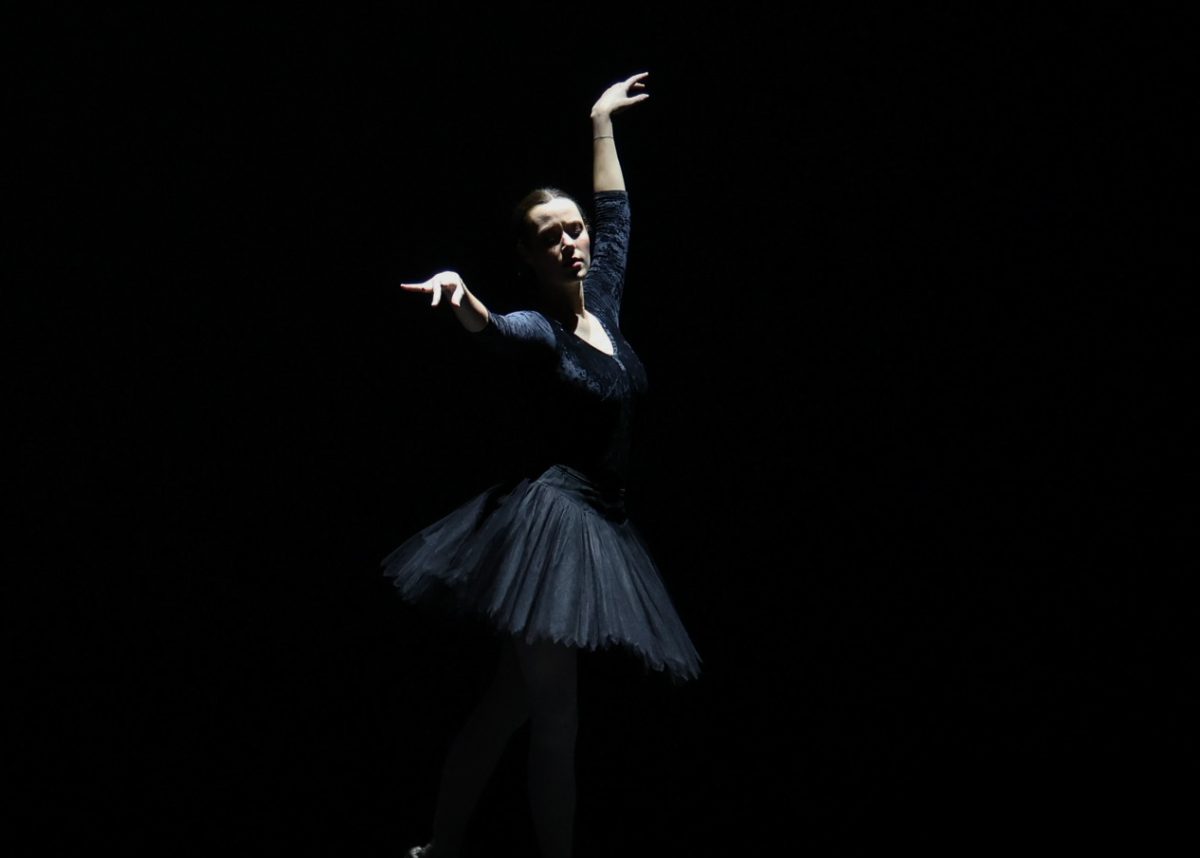As part of the ongoing Cohen New Works Festival, the “Filaments” segment of this week-long exhibition takes a more interactive approach to the creative process. As a collection of short documentaries, candid discussions, and even tearful reactions, “Filaments” ultimately aims to engage the audience members in student projects and explain how each piece of art comes to fruition.
“Filaments” was an idea originally set forth by the Engaging Research subcommittee, a team that helps run the New Works Festival on a biannual basis. As a faculty member and successful playwright, Suzan Zeder helped introduce this portion of the festival for the first time.
Although Zeder admitted that the idea itself was not her own, it embodies everything she wanted to see in experimental art. Over the last two years, she has helped spark and promote the concept of these projects as a way to give students a critical response from audiences. The Reading Room, an earlier version of “Filaments,” gave artists a space to explore more risky and controversial topics, she said.
“In the 2011 Reading Room, the Festival Selection Committee wanted to make room for projects that were in the earliest stages of a creative journey or projects that emphasized process over product,” Zeder wrote. “These projects symbolize what I think is the true heartbeat of the Festival — a beginning place.”
According to Zeder, projects like “Creative Skin: Home” are a perfect example of how these student-run pieces function behind the scenes and transform from an idea to an entire piece of art.
“I was deeply moved by [‘Home’],” Zeder explained. “What it means to come home to yourself as an artist and a person, and what it means to leave home in your art and in your life.”
Courtney Mazeika, the lead student choreographer for “Home,” dimmed the lights of a small classroom in the Winship Drama Building. A tangible mood of relaxation and openness settled over the room. Silence ensued as Mazeika began to speak.
“Close your eyes and begin to think of your home. The smells, the people, the emotions. Try to recall the feelings that truly remind you of that familiar place,” Mazeika said softly.
Through interpretative dance, Mazeika has spent the last several months trying to envision the tension and dynamics that people associate with their homes. Destruction and growth, separation and unification, each nuanced gesture of the performance represents a different experience for individual audience members. This particular dance performance was distinguished by its synchronized strokes and facial expressions.
After guiding her audience through a reflection of past memories and emotions, Mazeika started her short video documentary. Images of dancers filled the screen as Mazeika’s voice narrated in the background.
“Our main focus with this project was to reveal our vulnerabilities that we have as humans,” Mazeika explained in the video. “As a group, we really wanted to convey a visceral, unspoken sense of home.”
Dancers Victoria Mora, Erica Saucedo and Kate Kislingbury enraptured the room with their deft movements. Everything from their posture to the distances between one another created an environment reminiscent of some struggle or idea.
Exploring themes without spoken word can be a challenge in and of itself, but Mazeika is confident that her rapport with the dancers ensured their success. Having trust in one another, she said, makes the artistic process much more impactful on viewers.
“A work of art is never finished,” Mazeika admitted. “But we like to emphasize process over the technical aspects of our work. That’s what really helps us connect with the audience.”





















